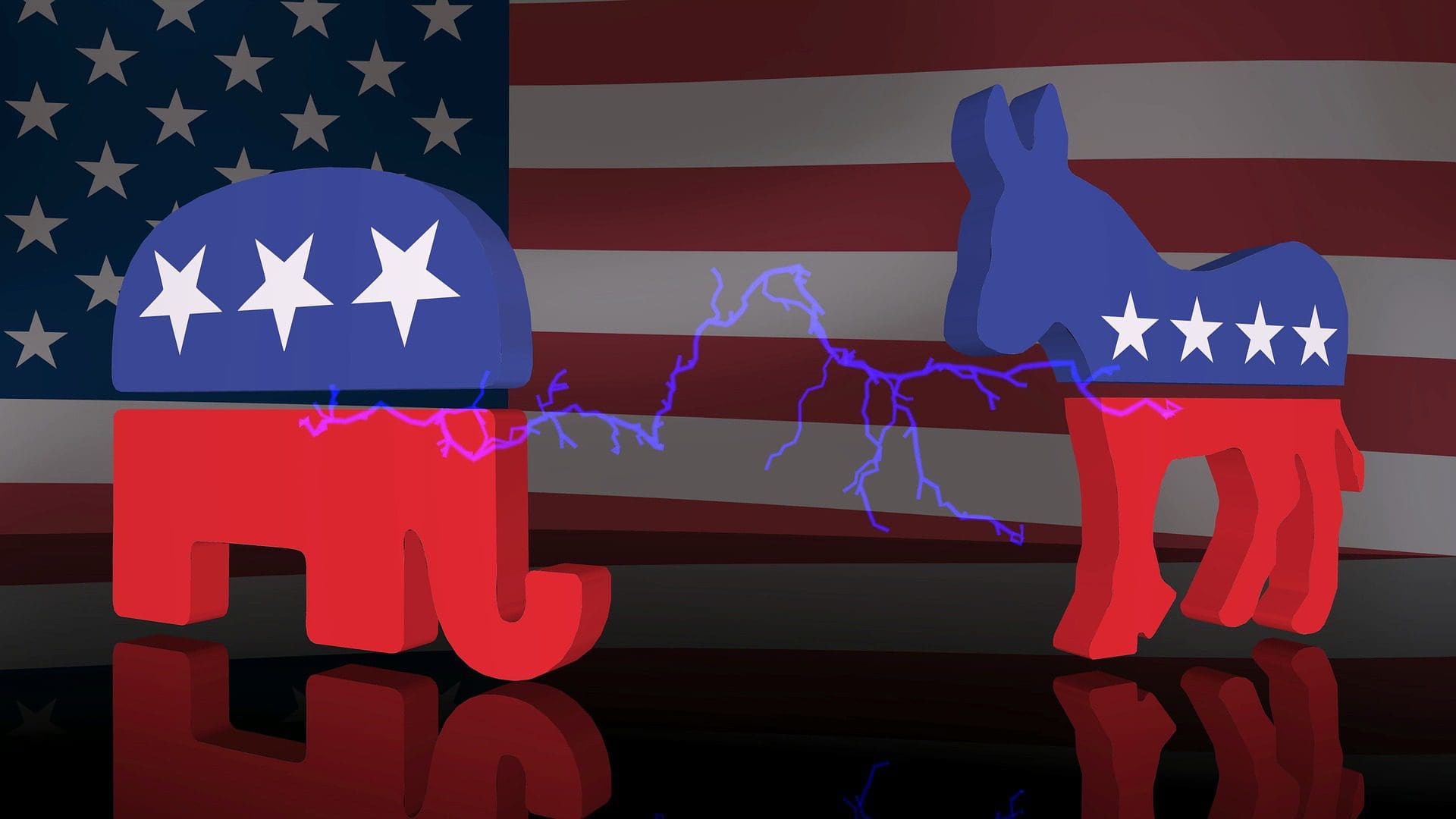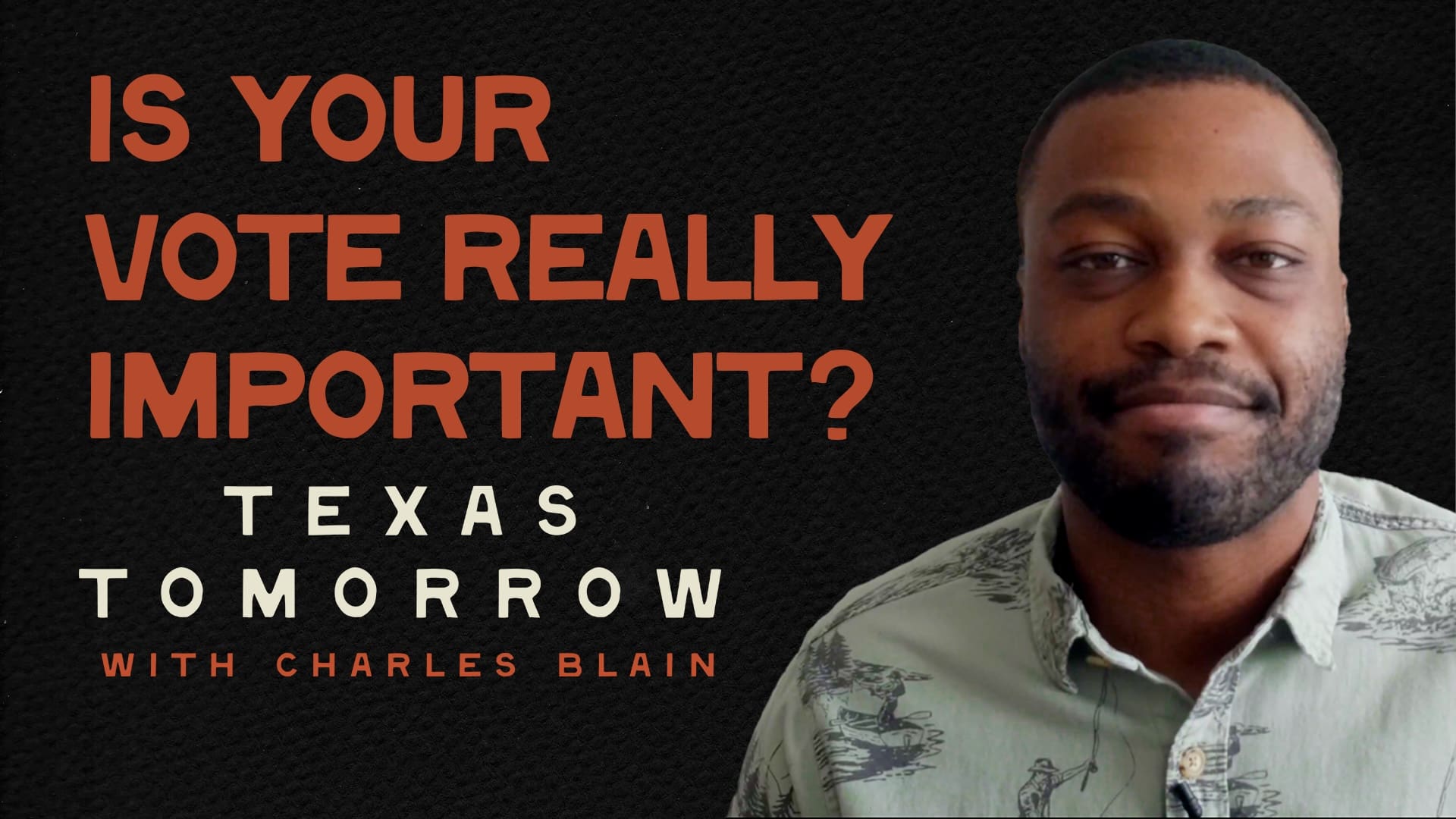We’ve seen a plethora of presidential state polls released in the past couple of days, and the results seem to swing wildly among the various pollsters. While most studies have shown former Vice President Joe Biden at present winning most of the key states, his margins don’t seem particularly secure even while his national numbers appear stronger.
Let’s explore the polling divergence, and remember that sample selection, weighting, size of the respondent universe, and length of time to complete the survey process are all important variables in determining a ballot test result. Also, the huge number of people refusing to answer their phones or not participating in political surveys means that pollsters must further rely on weighting and mathematical supposition to compensate for the lack of live responses.
With that short background, let’s look at some of the key states producing the widest swings.
Florida
Quinnipiac University – July 16-20 (924 FL registered voters; live interview)
Biden 51
Trump 38
Biden +13
St. Pete Polls – July 13-14 (3,018 FL likely voters via automated system)
Biden 50
Trump 44
Biden +6
Though Biden is up in both polls, the margin difference is stark. The Q-Poll, brandishing such a wide spread in what is typically a close political state raises reliability questions.
Georgia
Garin Hart Yang Research – July 9-15 (800 GA likely voters)
Biden 47
Trump 43
Biden +4
Spry Strategies – July 11-16 (701 GA likely voters; IVR)
Trump 49
Biden 46
Trump +3
Here we see two different leaders within two different polling samples within the same virtual period. Republicans tend to under-poll in the southern states, which could certainly be present in at least the GHY poll.
Michigan
Fox News – July 18-20 (756 MI registered voters; live interview)
Biden 49
Trump 40
Biden +9
Spry Strategies – July 11-16 (700 MI likely voters; IVR)
Trump 49
Biden 45
Trump +4
Huge variance here. Most polls show Biden with at least a lead within the margin of error here, but now we are comparing two distinct results that are almost diametrically opposite.
Pennsylvania
Fox News – July 18-20 (793 PA registered voters; live interview)
Biden 50
Trump 39
Biden +11
Spry Strategies – July 15-20 (700 PA likely voters via interactive voice response)
Trump 48
Biden 47
Trump +1
Another pairing where we see a major difference in surveys conducted over the same period with a similar sampling size. Spry Strategies, which obviously conducted a series of state polls during the present period, generally has better numbers for Trump, which may or may not be a flawed conclusion.
Texas
Quinnipiac University – July 16-20 (880 TX registered voters; live interview)
Biden 45
Trump 44
Biden +1
Spry Strategies – July 16-20 (750 TX likely voters; IVR)
Trump 49
Biden 45
Trump +4
Texas is again polling close, which is bad news for Trump. This is a must-win state for him. He still should be favored, but it is likely his final margin will drop.
…a more consistent state:
Arizona
Public Policy Polling – July 17-18 (960 AZ voters)
Biden 49
Trump 45
Biden +4
Spry Strategies – July 11-16 (700 AZ likely voters; IVR)
Trump 49
Biden 45
Biden +4
Both pollsters see an equivalent result during the same time frame, and their data is generally consistent with other pollsters from the Grand Canyon State. This is another state that must turnaround for President Trump if he is to be re-elected.
The polling variance in the aforementioned critical states tells us that Mr. Biden’s leads are not necessarily secure. A great deal of volatility is present in most of the tested states, which means polls are hard-pressed to accurately depict the political situation. The more telling data, of course, will come closer to the election. For now, with the nation in a state of upheaval, we can expect to see further divergence until societal habits begin to normalize.
It is important to remember that President Trump led in very few of the swing states throughout the last election cycle, but he still managed to score big upset wins in Florida, Michigan, Pennsylvania, and Wisconsin. Whether the same pattern develops again remains to be seen, but finding so much inconsistency within many states during the same time periods in something that we saw occur several times in the Trump-Clinton race of 2016.
This is a commentary submitted and published with the author’s permission. If you wish to submit a commentary to Texas Scorecard, please submit your article to submission@texasscorecard.com.




